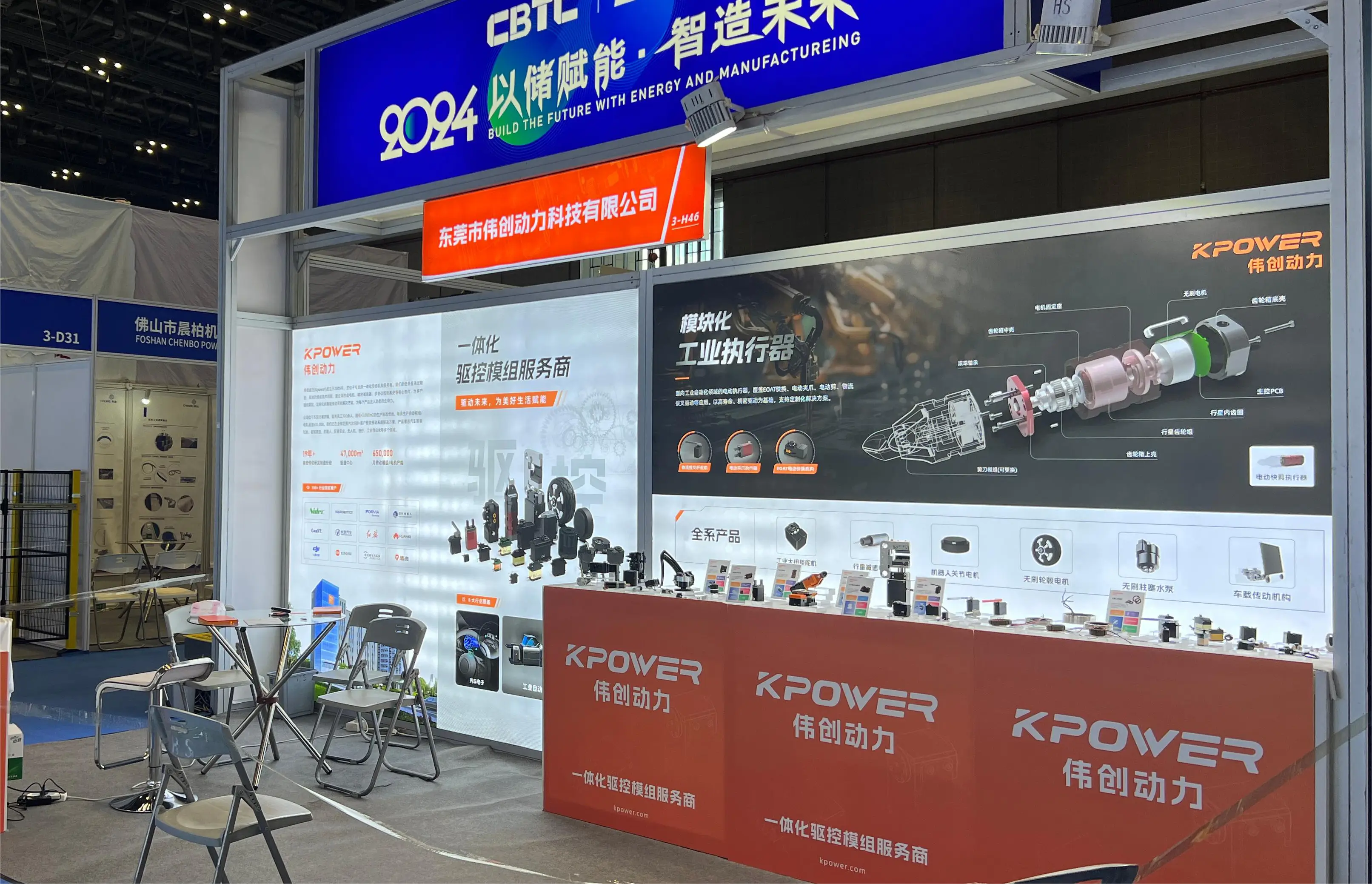Unlocking the Potential of N20 Motor Gearboxes with Arduino and L298N
Robotics enthusiasts and hobbyists rarely settle for off-the-shelf solutions when creating their robotic projects. Instead, many prefer to fine-tune every aspect—from the choice of motors to control algorithms—crafting systems that are both efficient and customizable. Central to many small-scale robotic projects are compact brushed dc motors, such as the N20, and their accompanying gearboxes, which provide precision and torque necessary for a variety of applications.

The Charm of N20 Motors and Gearboxes
The N20 is a tiny, powerful DC motor that has become a favorite in DIY and educational robotics circles. Its small size (roughly 12mm diameter and 20mm length) makes it ideal for projects where space is limited. Yet, what truly makes the N20 attractive is its versatility—configurations range from unmodified motors to those with integrated gearboxes.
The N20 gearboxes, which are attached directly to the motor shaft, typically incorporate planetary or spur gear mechanisms. These gearboxes serve to multiply torque and reduce the speed, making them suitable for precise movements and applications requiring significant force. For example, a typical N20 motor with a 1:50 gear ratio can deliver substantially more torque at a lower speed—perfect for small-powered robots, conveyor belts, or robotic arms.
Why Use a Gearbox?
While the N20 motor alone provides decent performance for many tasks, pairing it with a gearbox extends its utility:
Torque Amplification: Gearboxes convert high-speed, low-torque motor outputs into low-speed, high-torque outputs, essential for overcoming resistance and moving heavier loads. Speed Control: Gear reduction allows for finer control over movement, especially when precision positioning is necessary. Reduced Wear and Tear: Slower speeds and increased torque prevent motor stress, prolonging lifespan.
Integrating N20 and Gearboxes with Arduino
Arduino's simplicity and flexibility have made it the microcontroller of choice for beginners and professionals alike. It serves as the brain controlling motor operations, managing speed, direction, and braking with ease.
To interface these small motors with Arduino, an external motor driver is essential, and the L298N remains one of the most popular options. This dual H-bridge driver can control two DC motors simultaneously and handle the voltage and current requirements without taxing the microcontroller.
The Role of the L298N in Motor Control
The L298N motor driver module acts as an interface between the Arduino and the N20 gearmotor. It allows you to set direction, control speed, and implement complex movement sequences with simple code commands.
A typical setup involves connecting the N20 motor (with gearbox) to the output terminals of the L298N, powering the driver with an appropriate voltage supply, and connecting control pins from Arduino to the driver’s input pins.
Key features of the L298N include:
Two H-bridge channels Operating voltage range from 7V to 35V Ability to handle continuous currents up to 2A per channel Multiple control modes, including PWM for variable speed control
This flexibility makes the L298N perfect for small, battery-powered robot projects.
Building a Basic Motor Control System
Imagine designing a micro robot that can navigate simple obstacles autonomously. Using an N20 motor with gearbox, Arduino, and L298N, you can build this with minimal components.
Hardware assembly:
Connect the N20 gearbox motor terminals to output channels of the L298N. Power the L298N with a suitable DC source (such as a 9V battery or lithium pack). Connect Arduino digital pins to the input pins of the L298N for controlling direction and PWM pins for speed regulation.
Programming:
Use Arduino IDE to write code that sets motor direction pins high or low. Implement PWM signals to control motor speed dynamically. Integrate sensors like ultrasonic range finders for obstacle detection.
Here’s an example snippet to control motor speed and direction:
int enA = 9; // PWM pin int in1 = 2; // direction pin 1 int in2 = 3; // direction pin 2 void setup() { pinMode(enA, OUTPUT); pinMode(in1, OUTPUT); pinMode(in2, OUTPUT); } void loop() { // Forward movement digitalWrite(in1, HIGH); digitalWrite(in2, LOW); analogWrite(enA, 200); // Speed control (0-255) delay(2000); // Stop analogWrite(enA, 0); delay(500); // Reverse digitalWrite(in1, LOW); digitalWrite(in2, HIGH); analogWrite(enA, 200); delay(2000); }
This simple code demonstrates controlling the motor’s direction and speed, laying the foundation for more intricate robotic behaviors.
Practical Applications of N20 Gear Motors
Various small robotics projects benefit from the compact power of the N20 gear motors:
Line-following robots: Precise speed control for smooth navigation. Robotic arms: Small, powerful joints capable of lightweight manipulation. Autonomous vehicles: Compact drive units for mini rovers. Educational kits: STEM-based projects demonstrating gear reduction and motor control principles.
This comprehensive overview provides a solid foundation for understanding the synergy between the tiny N20 motor, its gearboxes, Arduino, and the L298N motor driver. Whether you're building a simple robot or developing a complex automated system, harnessing these components opens a world of creative possibilities.
I will now prepare the second part of the article, which will delve into advanced control techniques, troubleshooting, and custom project ideas incorporating these components. Would you like to proceed?
Leveraging innovations in modular drive technology, Kpower integrates high-performance motors, precision reducers, and multi-protocol control systems to provide efficient and customized smart drive system solutions.




































